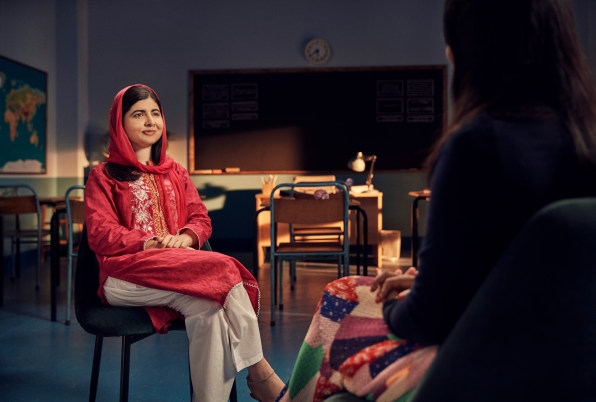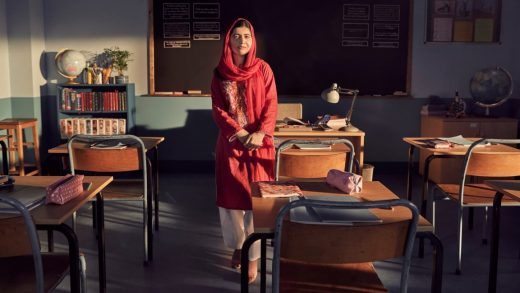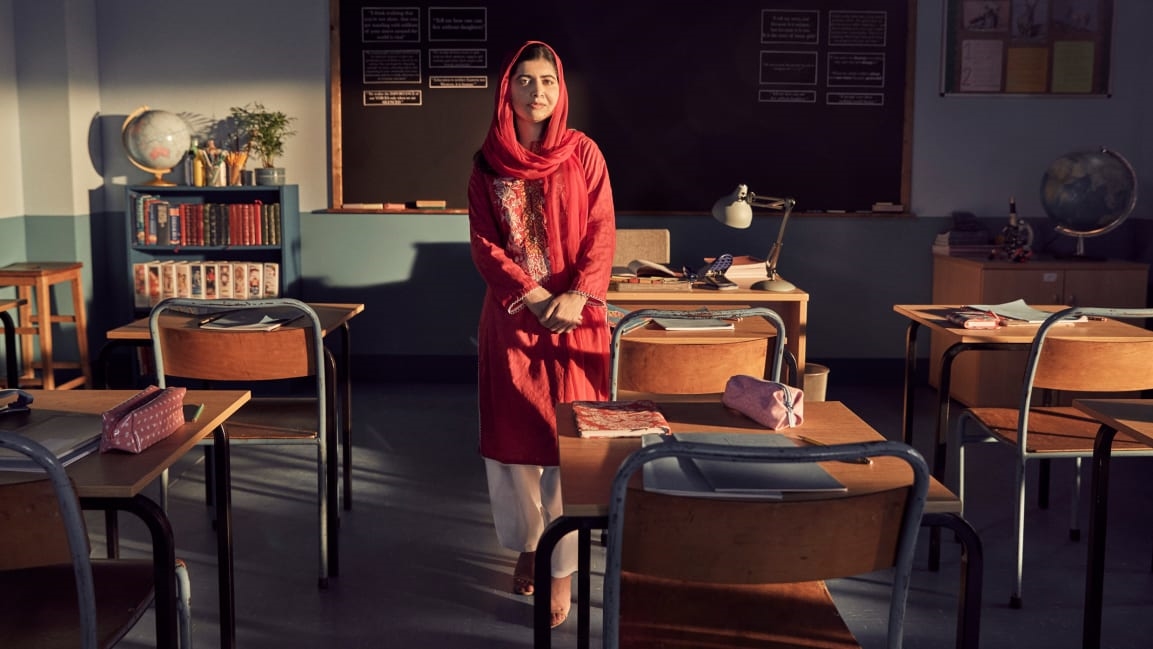Malala lays out the 4 steps she takes to build a campaign for change
Malala Yousafzai was 11 years old when she became an activist, fighting for the right of girls to stay in school in Pakistan as the Taliban took that right away. Five years later, after surviving an assassination attempt for her work, she cofounded a nonprofit, the Malala Fund, that aims to give every child on the planet access to 12 years of free education by the end of the decade. In a new class on MasterClass, she shares what’s she’s learned about advocacy with anyone who also wants to make change—particularly other young people.

[Photo: courtesy MasterClass]
“When we are in school, and when we are young, we are told that you have to grow older, and then you can become changemakers,” she says. “But one thing that I learned from my own story was that if you know your story, and if you know your message, and you tell the truth, then that’s when advocacy and campaigning starts.”
1: Doing your research
At the Malala Fund, the team uses a four-stage cycle to approach campaigns. After someone chooses a problem to address, the first step is to research it extensively, including talking both to experts and the people who are experiencing the problem firsthand. “You have to understand exactly what you’re fighting for,” Yousafzai says. In one of the MasterClass sessions, along with Lewis Iwu, who advises her on advocacy, Yousafzai talks through how to sketch out a “problem tree” that maps all the causes and consequences of the issue you’re studying.
“We have an amazing advocacy team who do not just start with something without thinking,” she says. “They always think through the issues that we are focusing on. For instance, we know that girls’ education is not a separate issue. It connects to so many issues that we’re currently talking about, from COVID-19 to climate change to reducing poverty to improving economies. And studies and research shows that when girls are educated, we see better outcomes in all these areas.”
2: Identifying your strategy
Other sessions in the class talk through how to set goals and then plan a campaign, walking through the steps of “critical path analysis,” a plan for securing small wins and then bigger goals on the way to an ultimate victory. The Malala Fund, of course, isn’t trying to achieve its 2030 goal of free education for all immediately. One current campaign is focused on Afghanistan, where the Taliban allowed boys to return to school two months ago, but hasn’t allowed the same for girls. Smaller campaigns along the way help build more awareness of the problem, more support, and lessons for tackling the end goal.
3: Take action
In another class session, Yousafzai talks to Amika George, the young activist who led a campaign for the U.K. government to offer free period supplies to girls, because statistically, girls who can’t afford such products tend to miss school. Yousafzai emphasizes that action can take many forms, and can start small.
“One thing which I really pushed for in my [MasterClass] was to tell young people that it’s not difficult to become an activist, because we also have to look into the small actions that we take as part of activism,” she says. “It doesn’t have to be organizing a protest of 100,000 people on the street. Activism can be in different shapes and forms. So even when you do a presentation in your school assembly and raise awareness about climate change, or anything else, you are doing advocacy. You’re becoming part of a bigger movement that is happening. You are lending your voice to it.”
Yousafzai is inspired by how many young people are already strong advocates. “We have seen that with climate change,” she says. “Young people are not just speaking out about it on social media, but they want to protest on the streets as well. They understand the issues and how it’s going to impact them and what needs to happen, what decision-makers need to do. And they’re also taking action to build pressure to push for those policies. And we saw that at COP26.”
4: Making an impact
The class also talks through the critical step of analyzing the impact that a campaign is having. That includes being honest about what didn’t work. “You also learn from moments when you don’t reach your goals, and you try to understand what you could have done better and how you can ensure that you continue your advocacy but improve it and make it more powerful and impactful,” she says. And, she adds, even if a campaign doesn’t succeed in a particular goal, like enacting a new law, the process always has other benefits, including building support for change.
(26)



